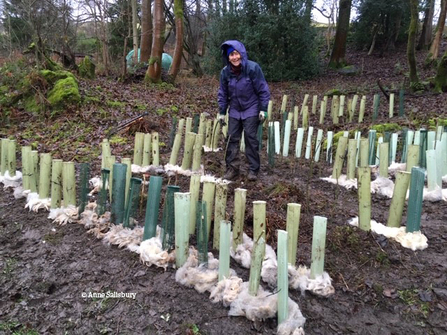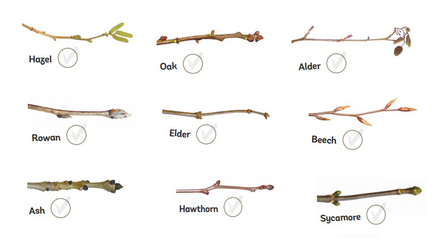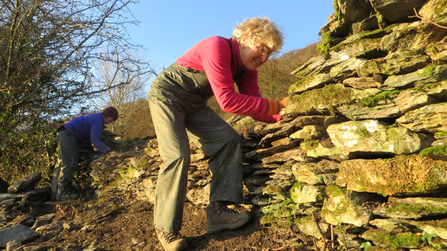December for Staveley Woodlands was a bit wet and wild. We have had several conservation days though, braving the elements to keep the reserve ship shape and the allotment in good order. December’s conservation day was in Craggy Wood. We collected in tree tubes from a planting project from before we managed the wood. Most were in good enough condition to be used on the allotment site but unfortunately most of the trees that they were protecting hadn’t been successful. We are not sure when these were planted, or what species as most of the tubes were now empty and showed no signs of the trees they were once guarding so unfortunately we don’t know what caused them to not succeed.
On a happier note, we have another 180 trees in the tree nursery, planted on a soggy day at the beginning of December. These saplings were a lot younger than the ones we have planted previously which made for fiddly work in the damp, muddy conditions. This batch of new trees contained a good selection of species that you can find in Staveley Woodlands: small leaved lime, downy birch, bird cherry, wild cherry and alder. Hopefully they will continue growing strong, ready for their final home at Staveley Woodlands when the time comes.



